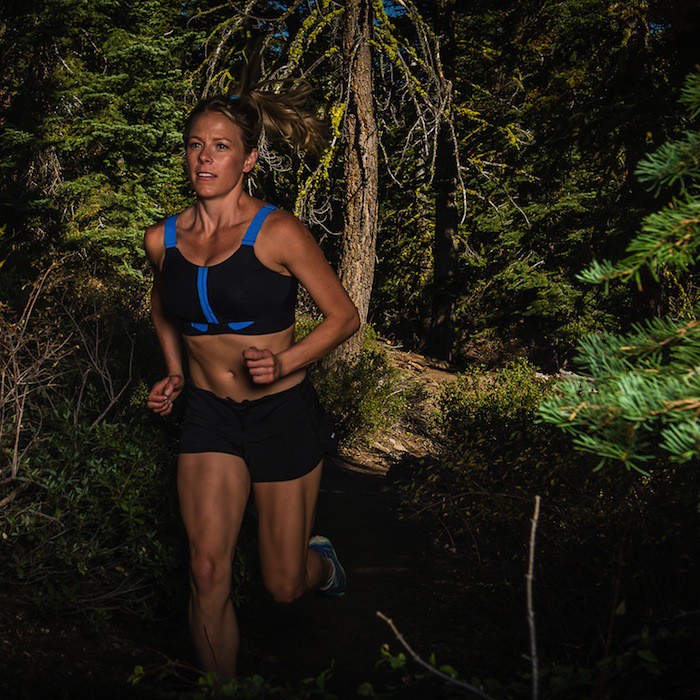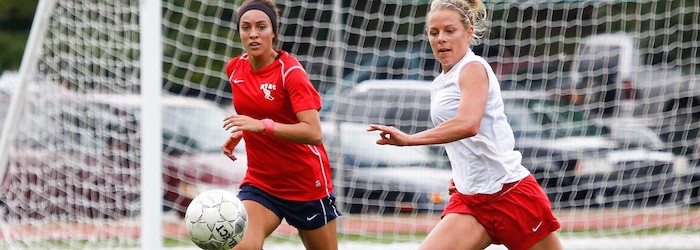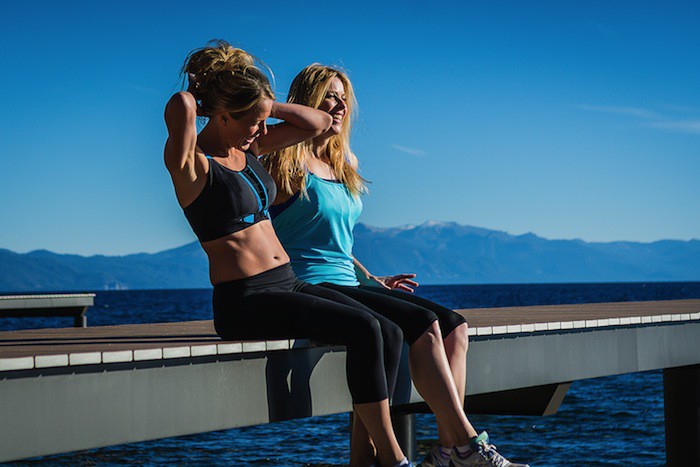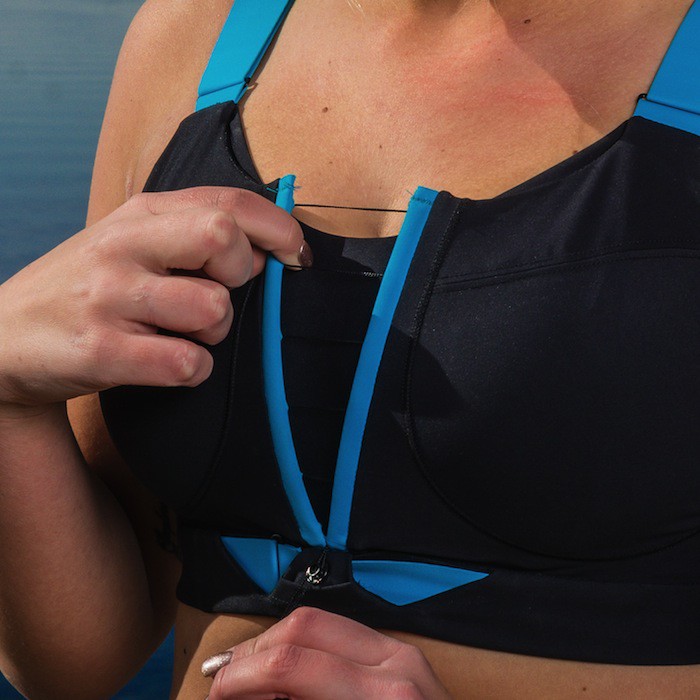A Better Sports Bra. Finally.

A former collegiate soccer player and neuroscience student takes it on herself to engineer a sports bra that actually fits.
When Catherine Betts was in high school, she shot from an A cup bra size to a DD and got diagnosed with a hypothyroid condition called Hashimoto’s disease. A sporty blond from a family of entrepreneurs, Betts played soccer and basketball and ran track, so when her chest grew, she was forced to wear two or even three sports bras at once to get the support she needed.
“When you have a thyroid condition, your breasts can get swollen and tender, so any movement could be excruciatingly painful if I didn’t have enough support,” Betts says.
She went onto play soccer in college, first at Oregon State then at California’s University of Pacific, and still, she doubled up on bras, which often meant she’d suffer from wretched neck and back pain at the end of a long day of practice or games. After graduating from college, Betts began working as a personal trainer and got a job doing sales at TRX, then a small fitness start-up making suspension bands for home gyms. Between her training and her own workouts, she was spending 12 hours a day in a sports bra and the soreness was becoming unbearable.

“I can’t ever put myself back in that position of being in such pain and discomfort,” she says. “I knew I needed to find a solution.”
She’d occasionally find a bra that was robust enough, but it’d be so unattractive, she’d be embarrassed to take her shirt off in the locker room. “I was wearing these funky looking bras that could supply support, but they were so ugly,” she says.
Betts began studying neuroscience through an education platform for fitness professionals and she was especially drawn to researching the nerve endings in her neck and shoulders. After purchasing and testing nearly every sports bra on the market, and not finding any of them sufficiently supportive, she decided to take a leap and try to build her own bra. The trick was to create a running bra that had optimum support for high-impact activities but then could be relaxed once the activity was over. And, of course, she wanted a bra that looked good, too.

“To be in a compressive bra for a long period of time isn’t healthy for your breasts,” she says. “What was important to me was to have maximum support for when you want it. But then the ability to turn it into a relaxed, loose mode.”
After three years of building prototypes, struggling to find factories and fabrics, applying for patents, and testing and analyzing hundreds of bras, her business, called Betts Fit, recently launched online. She gave up her personal training gig about six months ago, lived at home with her parents to save money, and has invested thousands of her own dollars into her new company. It’s all a gamble, but she says it’s worth it. “I believe so much in my product, to a fault probably,” says Betts, who’s 32 and now splits her time between the Lake Tahoe area and San Francisco.

Her bra, which is available in sizes from a 30B to a 44G, is now available for pre-order. (She expects products to be shipped by this fall.) They’re pricy—$80 a pop—but you’ll get high-end features like easy on-off hooks in the back, an adjustable corset-like compression in the front that releases for comfort when you don’t need as much support, and custom sliders on the shoulder straps and an adjustable bottom band to ensure the perfect fit.
She’s running her business alone, fully in start-up mode, but she has big ideas for the future, and someday, she could see her bra competing with the Nikes of the world. “I want to see it through and see how far I want to take it on my own,” Betts says. “You never know what’s going to be happen.”


LET'S GET SOCIAL